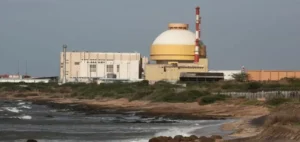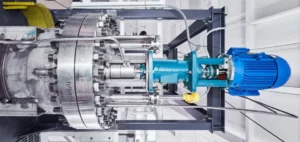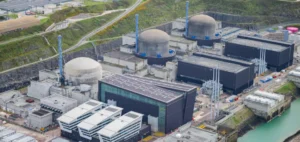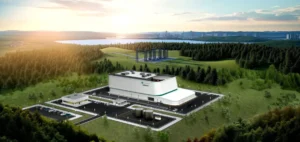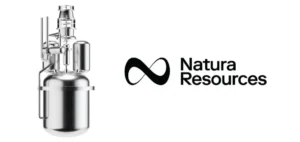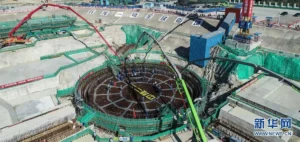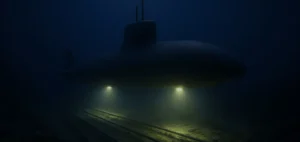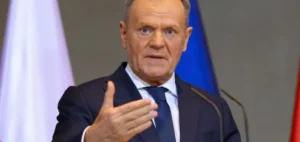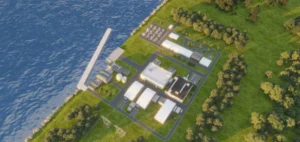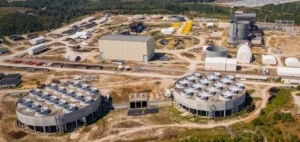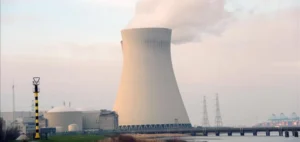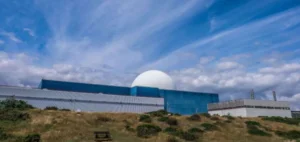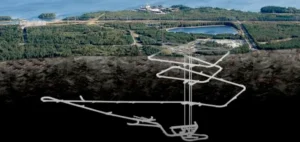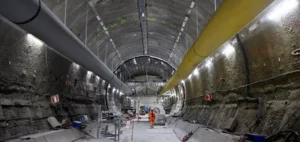Rosatom Overseas signs an agreement with the development corporation to help build a low-power nuclear power plant on land in northern Yakutia in the Russian Arctic.
Advanced technology adapted for remote areas of Yakutia
The development corporation will assist Rosatom in selecting the most effective state support measures for the project. It will provide a guaranteed local source of energy at an affordable price for consumers in remote and isolated areas that do not have a centralized electricity supply.
The creation of a low-capacity nuclear power plant in the macro-region will play a positive role in industrial development and, above all, will improve the quality of life of the inhabitants of the North. The project will use advanced domestic technologies and guaranteed power supply for remote areas of Yakutia. The electrical capacity of the plant will be at least 55 MW, and the life of the non-replaceable equipment will be 60 years.
The project is based on the RITM-200N water-cooled nuclear reactor, adapting a low-power ship technology for land-based deployment. The reactors have been tested in Arctic conditions on the latest Russian icebreakers and meet all post-Fukushima safety requirements for modern nuclear plant designs. The plant is characterized by its compactness, modularity and reduced construction time compared to large capacity nuclear plants.
Creation of favorable conditions for the implementation of the low power nuclear power plant
The pilot project for the construction of a ground station is being implemented together with the development of the Kyuchusskoye field. The investor will be able to realize it by using the advantages of the status of resident of the advanced development territory or the Arctic zone of the Russian Federation. The development corporation will assist Rosatom in analyzing which preferential regime is most suitable for the construction of nuclear power plants.
According to Sirazetdinov, the partnership “will create the most favorable conditions for the implementation of the low-power nuclear power plant on earth, which is innovative not only for our country, but for the whole world.” He said that a “significant part” of the planned production will be used “to develop one of the largest gold deposits in Russia, Kyuchus, the nearby Deputatskoye and Tirekhtyakh tin deposits, and the Yakutia municipalities. This will create a powerful industrial cluster in the region with new jobs and professions”.
The project is scheduled to be commissioned in 2028. The technical design of the reactor facility has been developed, and engineering studies and analysis and evaluation of pre-project documentation have been completed, with the site prepared for the start of full-scale construction. Currently, 80 people are working at the site, while 2000 tons of cargo and 38 pieces of equipment have been delivered.
For example, the partnership between Rosatom Overseas and the development corporation will result in the construction of a low-power nuclear power plant on land in northern Yakutia in the Russian Arctic. The project will provide a guaranteed source of local energy at an affordable price for consumers in remote and isolated areas and will play a positive role in the industrial development of the region.



